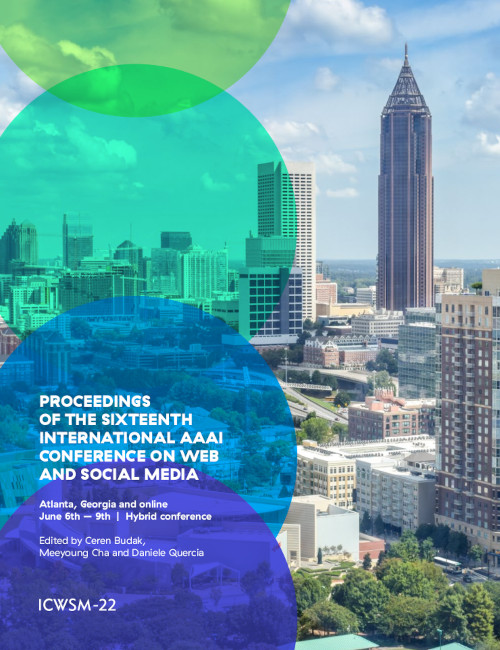FairLP: Towards Fair Link Prediction on Social Network Graphs
DOI:
https://doi.org/10.1609/icwsm.v16i1.19321Keywords:
Web and Social MediaAbstract
Link prediction has been widely applied in social network analysis. Despite its importance, link prediction algorithms can be biased by disfavoring the links between individuals in particular demographic groups. In this paper, we study one particular type of bias, namely, the bias in predicting inter-group links (i.e., links across different demographic groups). First, we formalize the definition of bias in link prediction by providing quantitative measurements of accuracy disparity, which measures the difference in prediction accuracy of inter-group and intra-group links. Second, we unveil the existence of bias in six existing state-of-the-art link prediction algorithms through extensive empirical studies over real world datasets. Third, we identify the imbalanced density across intra-group and inter-group links in training graphs as one of the underlying causes of bias in link prediction. Based on the identified cause, fourth, we design a pre-processing bias mitigation method named FairLP to modify the training graph, aiming to balance the distribution of intra-group and inter-group links while preserving the network characteristics of the graph. FairLP is model-agnostic and thus is compatible with any existing link prediction algorithm. Our experimental results on real-world social network graphs demonstrate that FairLP achieves better trade-off between fairness and prediction accuracy than the existing fairness-enhancing link prediction methods.Downloads
Published
2022-05-31
How to Cite
Li, Y., Wang, X., Ning, Y., & Wang, H. (2022). FairLP: Towards Fair Link Prediction on Social Network Graphs. Proceedings of the International AAAI Conference on Web and Social Media, 16(1), 628-639. https://doi.org/10.1609/icwsm.v16i1.19321
Issue
Section
Full Papers

